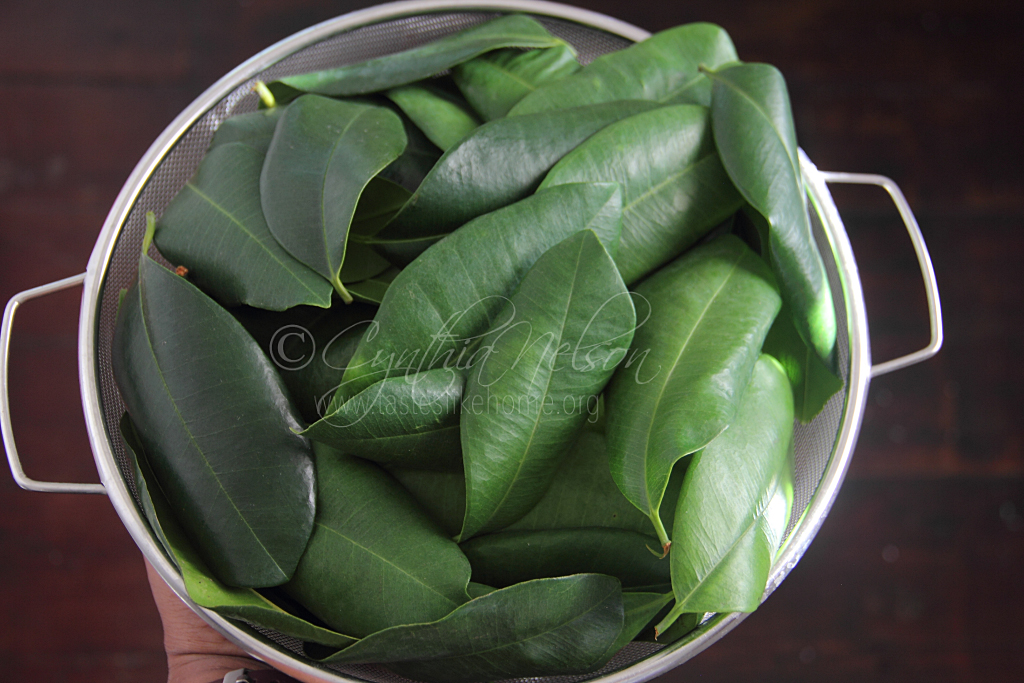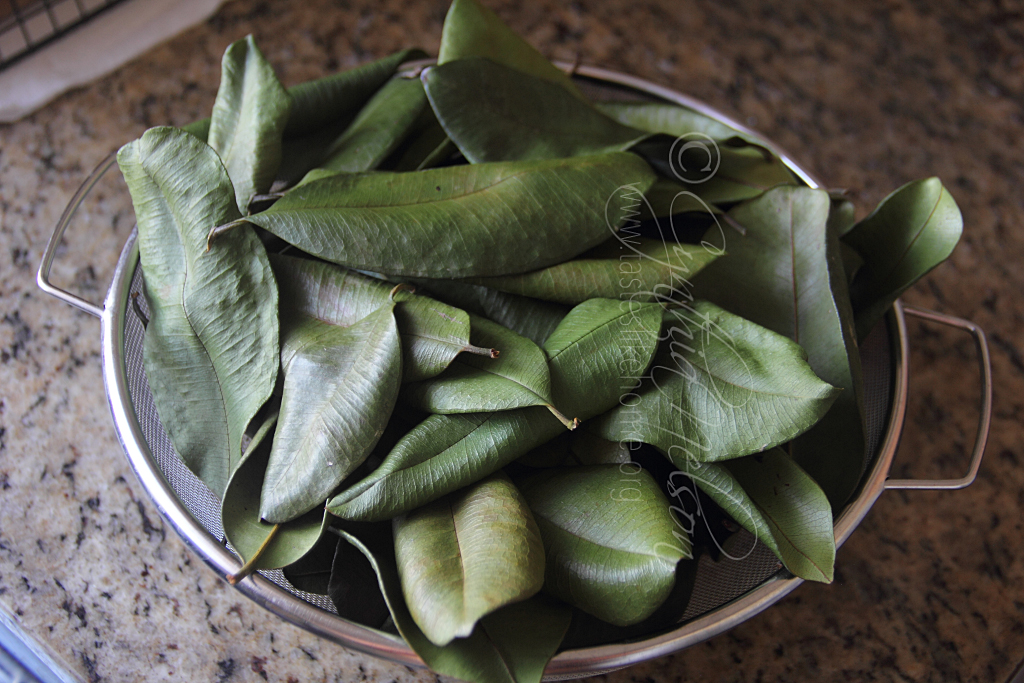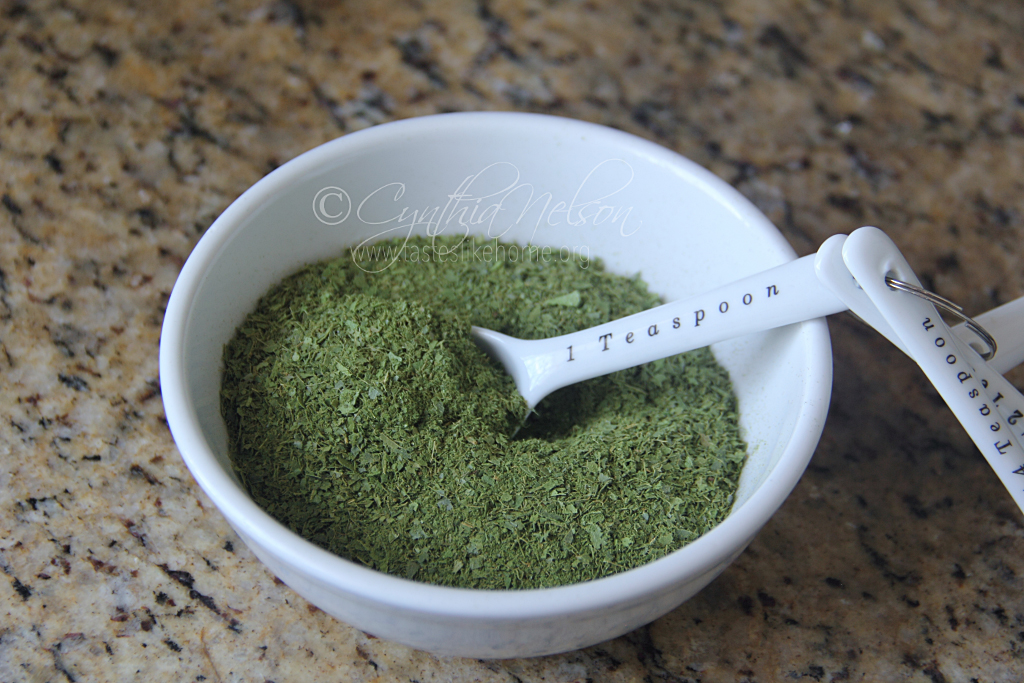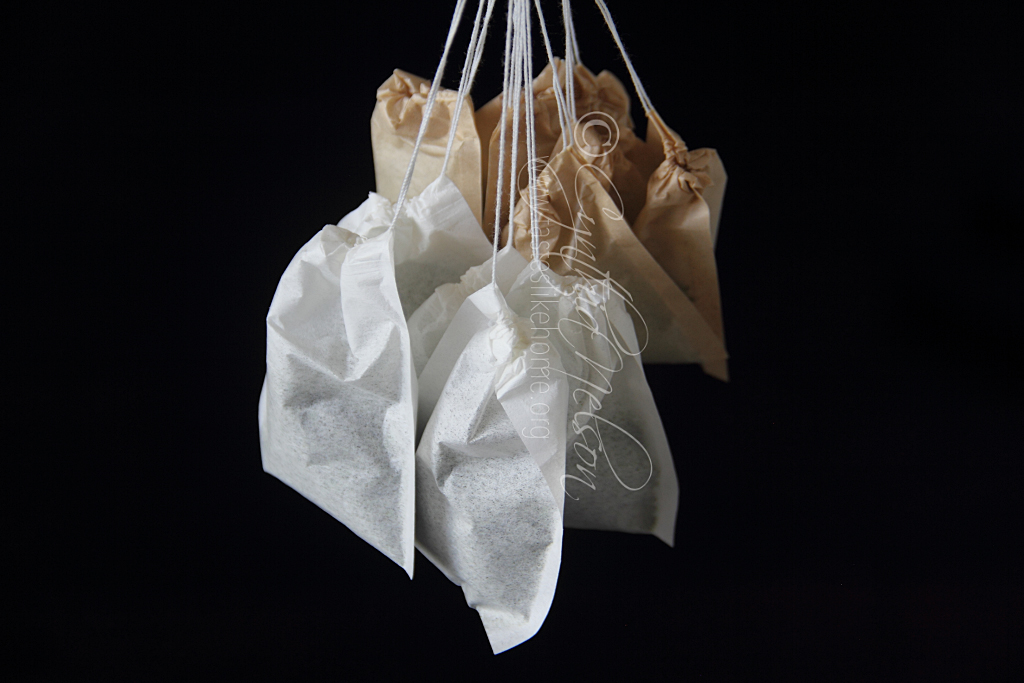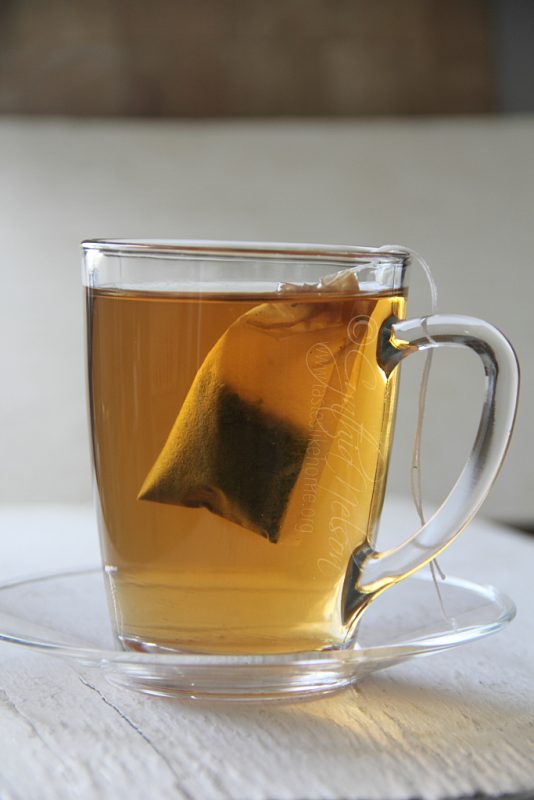It is my favourite “bush” tea. Bay leaf tea. If the word bush scares you, let me use a different word, and say the same thing. It is my favourite herbal tea. While there are many varieties, I am speaking of the West Indian bay leaf known scientifically as Pimenta Racemosa. The bouquet of this bay leaf is soothing and calming with notes of cinnamon, citrus, and cardamom. It’s the cup of tea with which you want to start and end your day. It is precisely for this reason that I ensure that I bag my bay leaves. For a cuppa at any time.
Bay leaf trees are in abundance all across Barbados. They tower above houses and have branches at hand-reach. This evergreen tree is always full of fragrant leaves in various shapes, sizes and aroma. When I first moved here, I bought some bay leaves (at the market) and excitedly told a friend about my market find. Man, the expression on her face suggested that there might be something mentally wrong with me (lol). You see, here in Barbados, friends don’t let friends buy bay leaves. I am sandwiched between neighbours that have bay leaf trees, so fortunately, I do not have to buy bay leaves.
While I use bay leaves to cook – in desserts, fruit stews, jams, drinks, syrups, soups, stews, curries, one-pot rice dishes, green seasoning and herb pastes – it is in tea that I mostly use this herb. Apart from making bay leaf tea, at times I also steep bay leaves with my loose-leaf black tea to make a flavourful pot of tea. While there are many folk remedies associated with the use of bay leaf, such as aiding digestion and boosting the immune system, I drink bay leaf tea because of the taste. My late mother believed it helped to ease her arthritis pain.
Because I do not want to regularly bother my neighbours (though they won’t mind), since the start of the year, I’d pick a set of the leaves, wash them, pat dry and spread them out on a sheet pan lined with paper towels to dry indoors. After that, I simply leave the pan on the countertop for 6 to 7 days. The leaves become firm, crisp and easy to break into pieces. The broken leaves are then added to a spice grinder and given a whirl for 15 seconds to breakdown so that I can then bag the bay leaves. There are times when I won’t break them down too much to mix with loose lea so that they can be boiled or steeped together depending on how I plan to make tea.
There are times that I bag my black loose leaf tea too, so I would add 1 bag each, of tea and bay leaf to my large tea mug. Bagging the bay leaf is a matter of convenience and ready availability. It means that I can have a cup of bay leaf at any time. You might be thinking that I could simply break up the dried leaves and boil the tea. Yeah, I can, and do do that, but there are times when I just want to put the kettle on, pour the boiled water over a bag and take my tea mug with me, letting it sit and release all of its flavour while I am doing something else nearby.
Last weekend I picked a set of bay leaves from one of my neighbours’ trees and decided to share with you how to dry and bag bay leaves so that you can have a cup of bay leaf tea anytime. From memory and conversations with the late Soil Scientist, and former head of the National Agriculture Research and Extension Institute (NAREI), Dr Oudho Homenauth, there are bay leaf trees on the NAREI campus and across various parts of Guyana but not as plentiful as in other parts of the Caribbean. And most times, when available, it is in the dried rather than fresh form.
I’ve told you already how to treat the leaves, if fresh, to bag them, however, if all you have access to is the dried bay leaves, then all you need to do is to break them up into pieces and drop them in a grinder and pulse to tiny bits. The bags are easy to get via Amazon or any other shopping site that sells stuff and they do not cost a lot. Be sure to get the environmentally friendly ones. Of course you can ditch the idea of the bag and simply break down the leaves to the consistency of loose tea, steep, and pass through a very fine sieve. If you have tea infusers, depending on the type, only break down the leaves to the extent that they won’t escape through the holes. You want the flavour of the tea, not the bits.
I bet you’re thirsty for some tea right now. Go on. Make yourself a cup, or two.
Cynthia
cynthia@tasteslikehome.org

